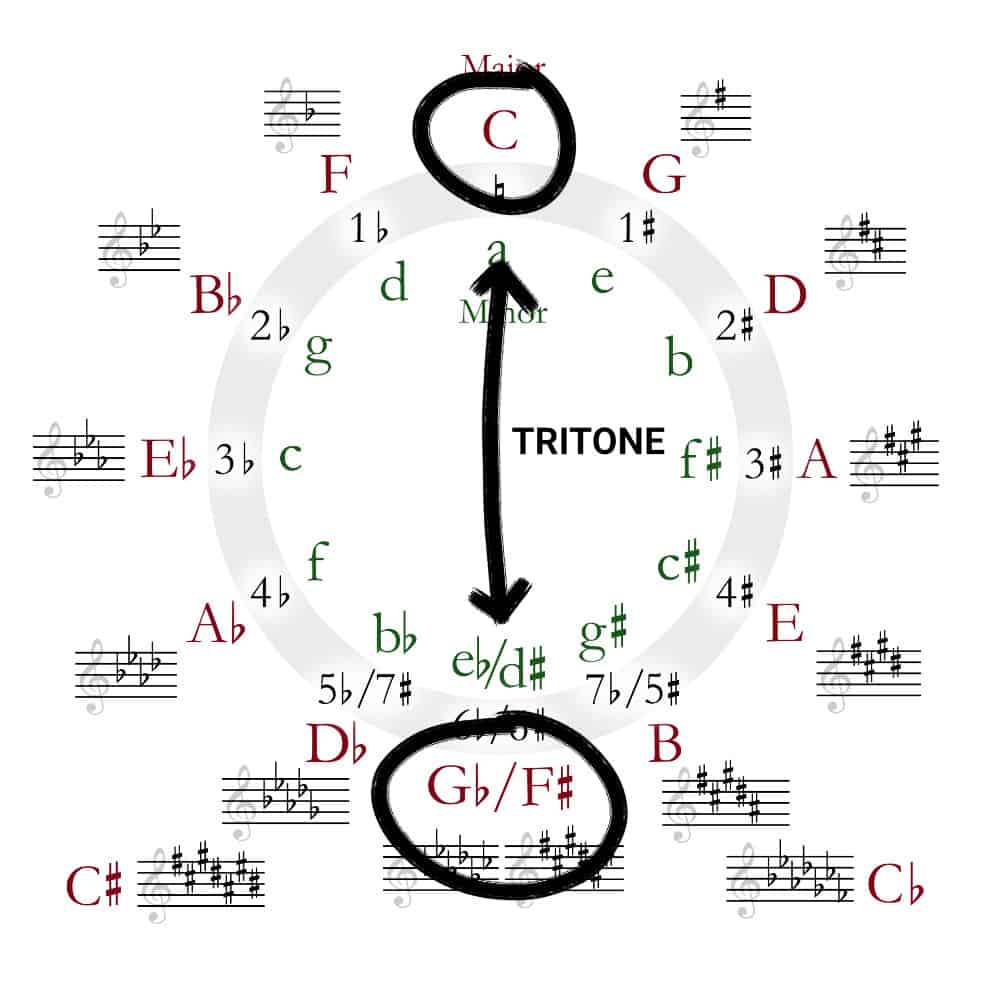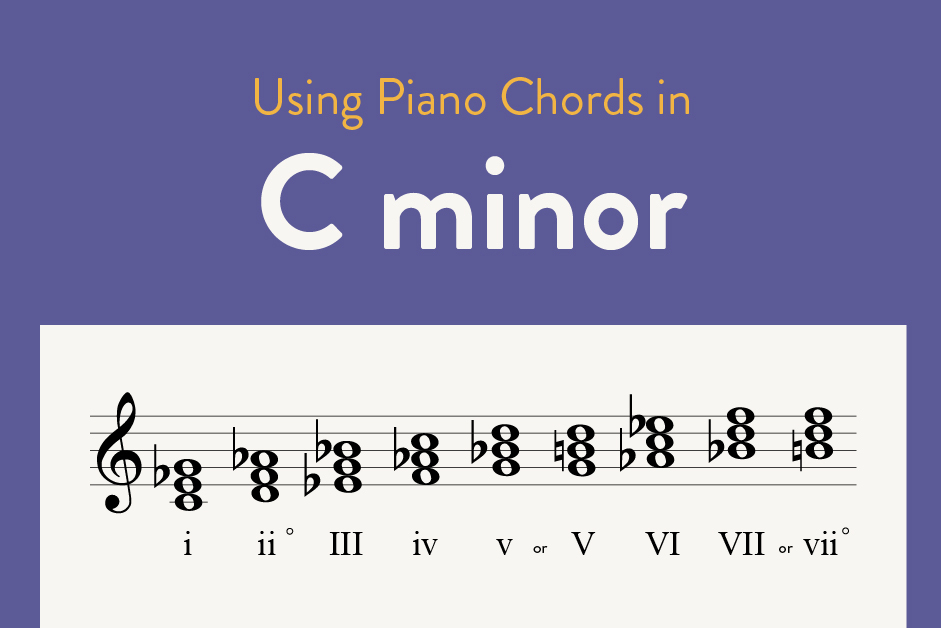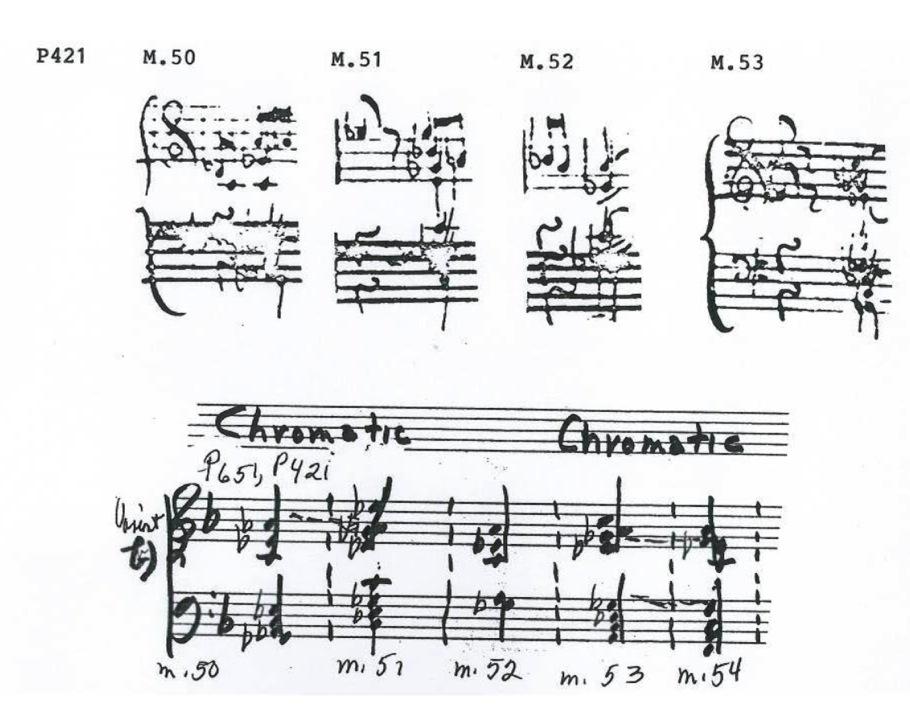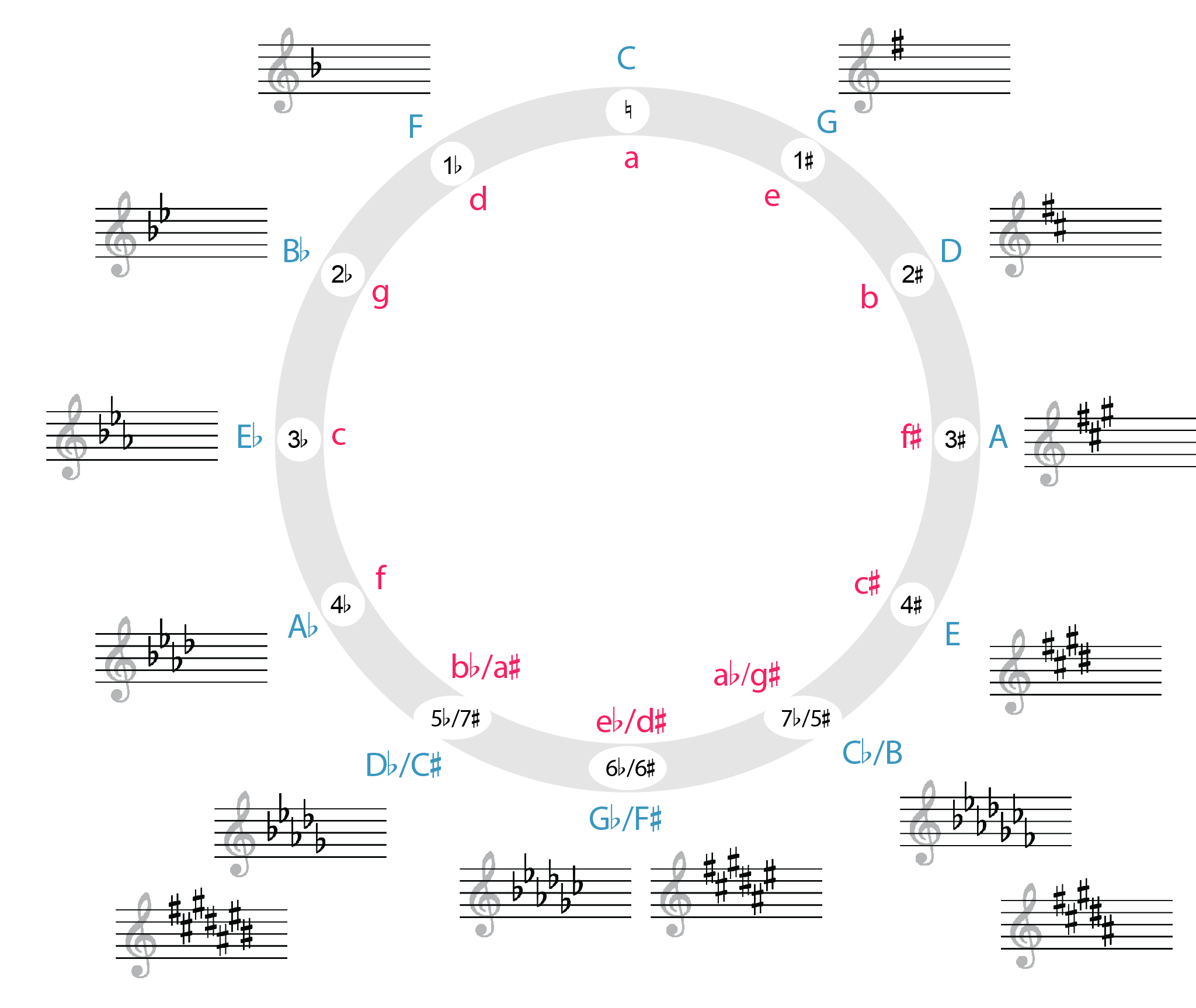Have you ever listened to a song and thought, “Wow, that chord progression really speaks to my soul”? Or maybe you’re more like, “What the heck is a chord progression and why do I care?” Well, fear not, dear reader, for we are here to decode the mystery behind those essential chord progressions that make music oh so magical. So grab your air guitar and let’s dive into the wonderful world of musical harmony (or lack thereof).
Contents
- 1 Understanding the Foundation: Major and Minor Chord Progressions
- 2 Navigating Through the Circle of Fifths: A Harmonic Journey
- 3 The Role of Diatonic Chords in Creating Musical Landscapes
- 4 Unpacking Secondary Dominants: Adding Tension and Resolution
- 5 Exploring Modal Mixture: Enhancing Emotional Depth in Music
- 6 Advanced Techniques: Chromaticism and Altered Chords in Modern Compositions
- 7 FAQs
- 8 Time to Unleash Your Inner Musician!
Understanding the Foundation: Major and Minor Chord Progressions
When it comes to major and minor chord progressions, it’s like having a musical superpower at your fingertips. You can create feelings of joy, sadness, excitement, or nostalgia with just a few simple chord changes. But understanding the foundation of these progressions is key to unlocking their full potential.
Major chord progressions are like the shiny, happy superheroes of the music world. They’re bright, optimistic, and full of energy. Think of them as the Superman or Wonder Woman of chords. They often follow a pattern of I-IV-V in a key, creating a sense of resolution and satisfaction that leaves you feeling like you just saved the day.
On the flip side, minor chord progressions are like the moody, brooding anti-heroes that you can’t help but root for. They’re mysterious, emotional, and sometimes a little dark. Slipping in a minor chord can add a touch of drama or melancholy to your music, like Batman lurking in the shadows. They often follow a pattern of i-iv-V in a key, creating tension and depth that keeps you on the edge of your seat.
So whether you’re feeling like a major chord day or a minor chord night, understanding the foundation of these progressions is the key to becoming a musical superhero in your own right. Embrace the power of major and minor chords, and let your creativity soar to new heights!

Ready to embark on a wild ride through the mystical world of the Circle of Fifths? Buckle up, because we’re about to journey through the harmonious wonders of this musical map!
Once you step inside the circle, you’ll be greeted by its mesmerizing sequence of fifths and fourths, taking you on a musical escapade like never before. Each step you take will lead you to a new key, revealing the intricate web of relationships between notes and chords.
As you navigate your way through the circle, pay close attention to the patterns and connections that emerge. It’s like solving a musical puzzle, where each piece fits perfectly into the next. Discover the symmetry and balance that underlies the world of music theory, all while grooving to the sweet sounds of harmony.
So, grab your passport to the Circle of Fifths and get ready for a harmonic journey unlike any other. Let the music guide you through its twists and turns, leading you to new realms of sonic exploration. Who knows what treasures you’ll uncover along the way!

The Role of Diatonic Chords in Creating Musical Landscapes
Have you ever wondered how musicians use diatonic chords to paint vivid musical landscapes? Well, buckle up and get ready for a wild ride through the wonderful world of music theory!
First and foremost, diatonic chords are like the building blocks of any musical composition. They provide the foundation upon which melodies are built and help create a sense of harmony and cohesion within a piece.
Imagine a lush green valley filled with blooming flowers and chirping birds. Well, that’s basically what diatonic chords do for a musical piece – they create a vibrant and colorful backdrop that sets the stage for the melodies to shine.
So, the next time you find yourself lost in a beautiful piece of music, take a moment to appreciate the role that diatonic chords play in creating those magical musical landscapes. Trust me, your ears will thank you!

Unpacking Secondary Dominants: Adding Tension and Resolution
Secondary dominants are like the spices of the music world – they add just the right amount of tension and resolution to make things interesting. These sneaky little chords have a way of making our ears perk up and say, “Ooh, what’s going on here?”.
So, how do we unpack these secondary dominants and sprinkle them into our music like a master chef? Well, first, let’s understand that a secondary dominant is a chord that temporarily takes us away from our original key. It’s like taking a little vacation to a neighboring town before coming back home.
One way to use secondary dominants is to lead into a chord that isn’t in our original key. This can create a sense of surprise and excitement, like finding a hidden treasure chest in a sea of boring old chords. It’s the musical equivalent of shaking things up and keeping your audience on their toes.
Next time you’re composing a piece, consider adding a secondary dominant or two for some extra flavor. Your listeners will thank you for the unexpected twists and turns, and you’ll feel like a musical genius for mastering the art of tension and resolution. Remember, when in doubt, just throw in a secondary dominant and watch the magic happen!

Exploring Modal Mixture: Enhancing Emotional Depth in Music
So you’ve mastered the basics of music theory and are ready to take your compositions to the next level. One way to enhance the emotional depth of your music is by exploring the concept of modal mixture. Mixing different modes within a piece can create a sense of tension and release that can evoke a range of emotions in your listeners.
When combining modes, it’s important to choose wisely to ensure a seamless transition between them. Experiment with different modal combinations to see which ones evoke the emotional response you’re looking for. Don’t be afraid to mix and match – after all, rules are meant to be broken in the name of creativity!
One way to effectively use modal mixture is to start in one mode and gradually transition to another, creating a sense of musical journey for your listeners. Another approach is to subtly weave different modes throughout a piece, adding layers of complexity and depth to your composition.
Remember, music is a universal language that can evoke a wide range of emotions in listeners. By embracing modal mixture and experimenting with different modes, you can create compositions that resonate deeply with your audience and leave a lasting impact.
Advanced Techniques: Chromaticism and Altered Chords in Modern Compositions
So you think you’re a musical genius, huh? Well, buckle up because we’re diving into the world of . Get ready to blow minds with your cutting-edge musical prowess.
First up, let’s talk chromaticism. Say goodbye to boring old diatonic scales and hello to the spicy world of chromaticism. This technique involves using notes outside of the traditional scale to add a whole new level of complexity and intrigue to your compositions. It’s like adding a dash of sriracha to your musical stew – sure, it might burn a little, but boy does it taste good.
Next, let’s chat about altered chords. Who needs those basic major and minor chords when you’ve got altered chords in your arsenal? These bad boys take traditional chord progressions and flip them on their heads, adding unexpected twists and turns that will have your listeners on the edge of their seats. It’s like musical rollercoaster – get ready for a wild ride!
So there you have it, folks. Chromaticism and altered chords are the secret weapons in your quest for musical domination. Embrace the chaos, experiment with these advanced techniques, and watch as your compositions reach new heights of brilliance. The music world better watch out, because you’re about to shake things up in a big way.
FAQs
Why should I bother learning about chord progressions?
Oh, I don’t know, maybe because understanding chord progressions is like knowing the secret code to unlocking the magic of music. Plus, you’ll sound like a total rockstar at parties when you start dropping knowledge about chord progressions.
What are the most common chord progressions I should know?
Alright, buckle up because we’re about to dive into the classics – the I-IV-V, the ii-V-I, and the all-mighty I-V-vi-IV. Master these bad boys, and you’ll be on your way to musical greatness.
How can I use chord progressions to write my own music?
Well, my dear budding musician, let me tell you a little secret - chord progressions are the bread and butter of songwriting. Start experimenting with different progressions, throw in some spicy twists, and boom – you’ve got yourself a hit song in the making.
Can I use chord progressions to spice up my playing?
Absolutely! Chord progressions are like seasoning for your music. Throw in a unexpected progression here, a cheeky modulation there, and suddenly you’ll be dazzling your audience with your musical prowess. So go on, get adventurous!
Time to Unleash Your Inner Musician!
Congratulations! You have successfully decoded the mysteries of essential chord progressions in music. Now go forth and serenade the world with your newfound knowledge. Whether you’re strumming on a guitar, tickling the ivories on a piano, or just humming along to your favorite tunes, you now have the keys to unlock a whole new world of musical possibilities. So go ahead, experiment, play around, and have fun! Who knows, you might just be the next musical prodigy in the making. Rock on!



